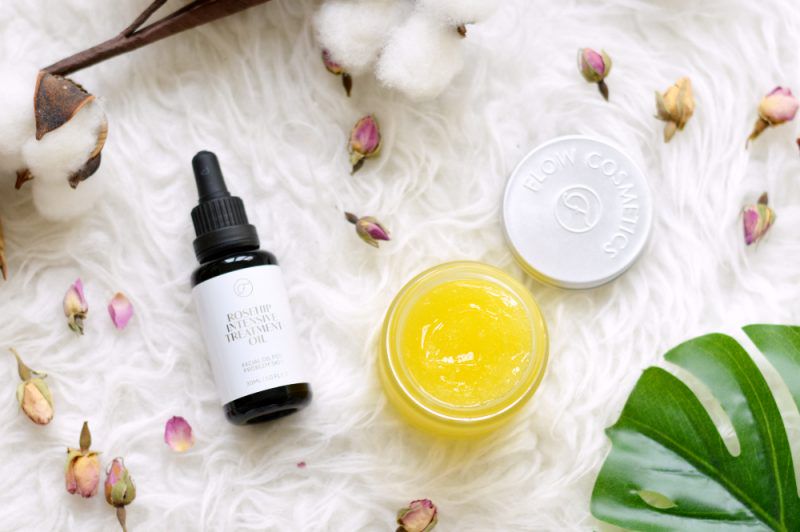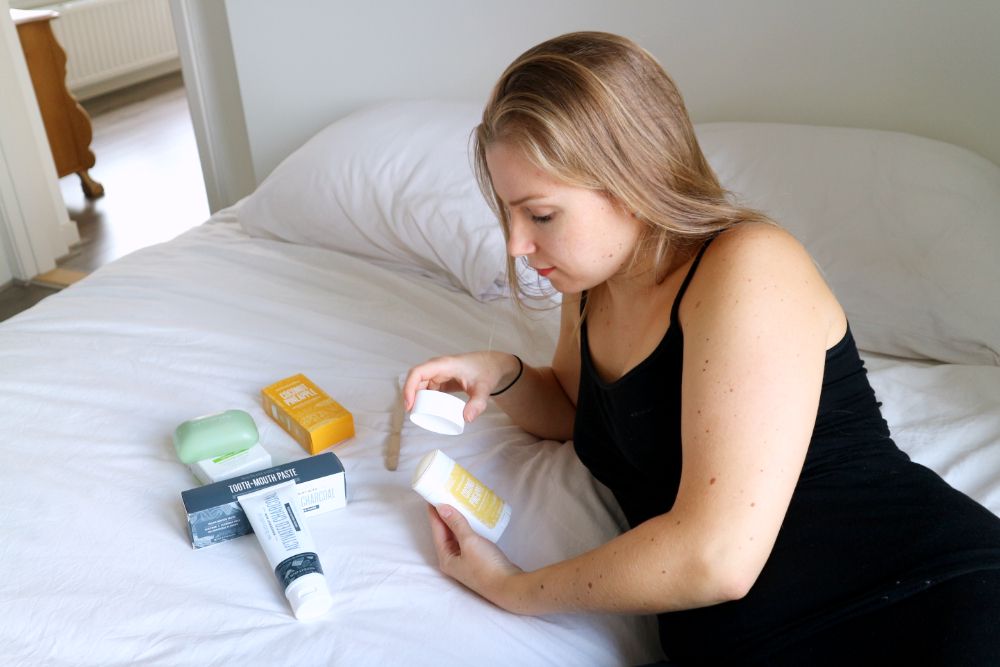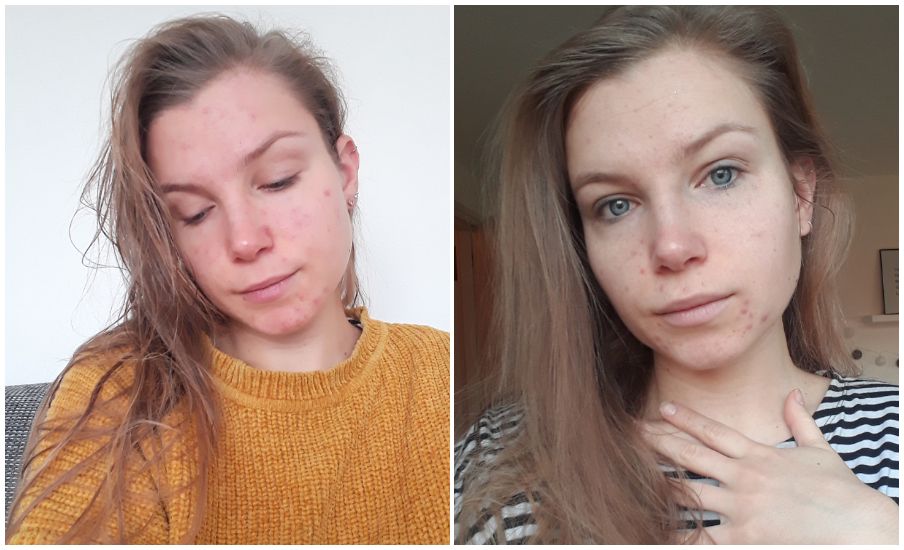Winkelwagen
U heeft geen artikelen in uw winkelwagen
Ineens kreeg ik er last van, allemaal kleine puistjes met witte kopjes op mijn neus. Iedere keer als ik de ene weghaalde, kwam er weer een andere naar boven. Geen mooi gezicht natuurlijk, en ik wilde er daarom snel vanaf. Gelukkig weet ik als huidspecialist goed wat je hier tegen kunt doen, en daarom was ik er snel vanaf. Wat ik heb gedaan om van de puistjes op de neus af te komen, ga ik delen in deze blog zodat jij er hopelijk ook snel vanaf bent.
Puistjes komen ergens vandaan. Er is altijd een oorzaak. Als je van je puistjes af wil komen moet je het bij de oorzaak aanpakken. Oorzaken van puistjes op de neus kunnen zijn: te vette comedogene crèmes, een acne bacterie, zonlicht, ongezonde voeding, voedingsintoleranties, hygiëne, disbalans aan vitamine/mineralen in het lichaam en/of dehydratie.
Puistjes, mee-eters en acne waren tien jaar geleden nog vrij lastig te behandelen. Inmiddels zijn er echter uiteenlopende effectieve medicijnen en behandelingen op de markt om acne, puistjes en mee-eters efficiënte te verhelpen.
Zo zijn er tegenwoordig antibiotica verkrijgbaar die de Propionibacterium Acnes (P.acne) bacterie en Staphylococcus Aureus bacterie doden. Dit zijn de bacteriën die verantwoordelijk zijn voor acne-gerelateerde huidinfecties. Bovendien zijn er inmiddels hormoonremmers op de markt die je hormoonhuishouding stabiliseren. De belangrijkste voorbeelden van effectieve medicijnen tegen acne, puistjes en mee-eters zijn als volgt:
Benzoylperoxide is een zeer effectieve en werkzame stof ter behandeling van puistjes en acne. Benzoylperoxide wordt verwerkt in gel en crème tegen puistjes zoals Benzac® en Akneroxid®. Benzoylperoxide weekt het opperlaagje van de huid los en remt de groei ervan. Bovendien zorgt benzoylperoxide ervoor dat de ‘Propionibacterium acnes’ bacterie (P. acnes) en Staphylococcus Aureus bacterie zich niet kunnen vermenigvuldigen.
Antibiotica gaan bacteriële infecties tegen en remmen de vermenigvuldiging van onder meer acne-gerelateerde bacteriën. Zodoende kan een antibioticum een effectief medicijn vormen tegen puistjes en mee-eters. De bekendste antibiotica tegen huidklachten, gelieerd aan acne zijn als volgt:
Vitamine A-zuur kan een enorm positief effect hebben op je huid. Daarom worden er in allerlei crèmes, zalven en lotions voor de huid verscheidene derivaten van vitamine A gebruikt. De bekendste hiervan zijn:

Cystische-acne is vaak rood en opgezwollen. Je raadt het al: deze puistjes camoufleren is een enorme klus. Niet alleen door de kleur, maar ook door de vorm. Maak je geen zorgen, er zijn natuurlijk wel dingen die je kunt doen om je huid te egaliseren.
Behandel allereerst de plek die je gaat camoufleren om de irritatie zoveel mogelijk weg te halen. Met een koud of juist een warm washandje, bijvoorbeeld. Daarna is het tijd om je make-up tasje erbij te pakken.
Gebruik een normale foundation. Het is zonde om de huid die er normaal uitziet compleet te verbergen door een full coverage foundation. Tenzij je die natuurlijk wilt gebruiken.
Daarna ga je de puistjes camoufleren met concealer. Haal de roodheid eruit met een groene concealer en daarna eentje in je eigen kleur. Als de cystische-acne extra opvalt met een goed dekkend product kun je beter een medium dekking gebruiken.

Er zijn uiteenlopende factoren die ten grondslag liggen aan het ontstaan van pukkels. De belangrijkste factoren die meespelen bij het ontstaan van acne, puistjes en mee-eters zijn als volgt:
Hormonen staan met stip op #1 als oorzaak van pukkels en mee-eters. Hormonen reguleren namelijk de talgproductie. Hormoonschommelingen brengen zodoende vaak pukkeltjes en mee-etertjes met zich mee. Het is niet voor niets dat puistjes vaak worden veroorzaakt door of samengaan met:
Helaas zijn hormonale veranderingen, hormoonschommelingen en pieken in de hormoonhuishouding niet of nauwelijks te voorkomen. Gezond en gevarieerd eten, veel bewegen en stress tot een minimum beperken, komt een gebalanceerde hormoonhuishouding ten goede en kan een hormonale disbalans helpen voorkomen.
Door mentale en psychologische stress wordt meer van het stresshormoon cortisol geproduceerd. Hoe meer cortisol er binnen je lichaam in omloop is, des te meer talg er wordt geproduceerd door de talgkliertjes in je huid. Meer talg betekent meer mee-eters en puistjes en dus hevigere acne.
Vette make-up werkt acne in de hand doordat vet en olie de poriën kunnen doen verstoppen. Daarnaast zijn natriumlaurylsulfaat, isopropylmyristaat, lanoline, laureth-4 en bepaalde (D&C) rode kleurstoffen zeer slecht voor de huid.
Ook kunnen de zuurgraad (pH-waarde) en het vetgehalte van de huid uit balans raken door make-up & cosmetica. Hierdoor zullen makkelijker ontstekingen, puistjes, acne en mee-eters ontstaan. Gebruik om puistjes te camoufleren bij voorkeur een zeer dun laagje foundation op waterbasis.
Wanneer je je huid niet voldoende reinigt of op onjuiste wijze ontdoet van cosmetica, dan kunnen er restjes en vuil op de huid achterblijven. Deze restproducten kunnen in de poriën terechtkomen en samen met talg en huidschilfertjes bijdragen aan pukkels: puistjes en mee-eter.

Acne komt het meest voor bij jongens en meisjes tussen de 15- en 18-jarige leeftijd. Gedurende de puberteit neemt namelijk de productie van geslachtshormonen toe. Deze puberale hormoontoename leidt tot grotere talgklieren en verhoogde talgproductie. Het overschot aan gedroogde talg – in combinatie met hoorn, huidschilfers en bacteriën – doet de poriën verstoppen. De poriën zijn namelijk de uitgangen van de talgklier-follikels.
Talgklieren die verstopt zijn door ophoping van talg en huidcellen noemen we mee-eters. Een mee-eter barst na verloop van tijd open door de opeenstapeling van talg, waardoor de inhoud in de aangrenzende huid terechtkomt. Zodoende wordt de mee-eter een onderhuidse ontsteking die we kennen als een puistje.
